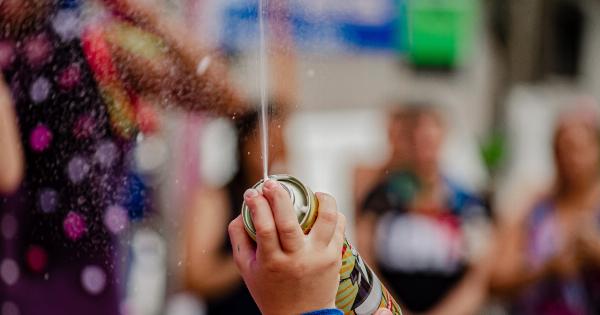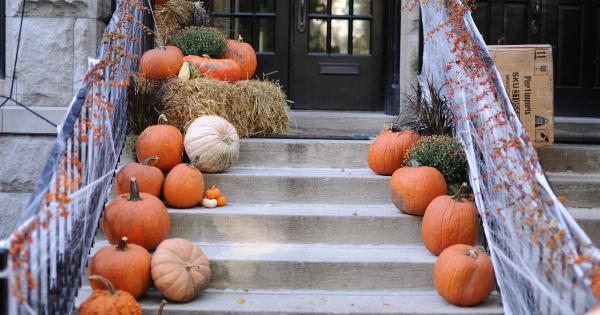As the holiday season approaches, many people begin decorating their homes with festive ornaments, lights, and, of course, a Christmas tree. However, for some individuals, the presence of a Christmas tree can trigger allergic reactions.
This article will delve into the causes, symptoms, and potential remedies for Christmas tree allergies.
What causes Christmas tree allergies?
The most common cause of Christmas tree allergies is related to the presence of mold spores and pollen on the tree. Mold spores tend to thrive in damp environments, such as tree farms or during transportation.
Pollen, on the other hand, is typically found on live Christmas trees. Additionally, some people may be sensitive to the fragrance of real trees, which can irritate the respiratory system.
Symptoms of a Christmas tree allergy
Individuals who are allergic to Christmas trees may experience a range of symptoms, including:.
- Sneezing
- Coughing
- Runny or stuffy nose
- Itchy or watery eyes
- Shortness of breath
- Skin rashes or hives upon contact
If you or someone in your family experiences these symptoms only during the holiday season when a Christmas tree is present, it is possible that you have a Christmas tree allergy.
Remedies for Christmas tree allergies
If you suspect that you have a Christmas tree allergy, there are several measures you can take for relief:.
1. Choose an artificial tree
Opting for an artificial Christmas tree can eliminate the problem of mold spores and pollen. However, make sure to clean the tree thoroughly before setting it up to remove any accumulated dust.
2. Wash the tree
If you prefer a live Christmas tree, consider washing it before bringing it indoors. This can help reduce the amount of mold spores and pollen present on the tree.
3. Use a tree spray
Tree sprays designed to neutralize mold spores and pollen can be used to minimize allergy symptoms. These sprays can be found in many home improvement or gardening stores.
4. Keep the tree hydrated
Dry trees tend to release more allergenic particles into the air. Ensure that your live Christmas tree is well-watered to reduce the potential for allergies.
5. Create a barrier
Wrapping the Christmas tree in plastic wrap or a tree bag can help prevent mold spores and pollen from spreading throughout your home.
6. Decorate with caution
Avoid using artificial snow sprays or scented ornaments that may aggravate your allergies. Instead, opt for hypoallergenic decorations.
7. Dust and vacuum regularly
To minimize indoor allergens, maintain a clean environment by regularly dusting and vacuuming around the Christmas tree area.
8. Consult an allergist
If your symptoms persist or worsen, it is recommended to seek advice from an allergist. They can perform tests to determine the exact cause of your allergy and provide appropriate treatment options.
Conclusion
Christmas tree allergies can put a dampener on the holiday spirit for some individuals. Understanding the causes, recognizing the symptoms, and taking preventive measures can help alleviate the discomfort associated with these allergies.
Whether you choose an artificial tree or take precautions with a live tree, the key is to find a balance between festive decorations and your health.






























